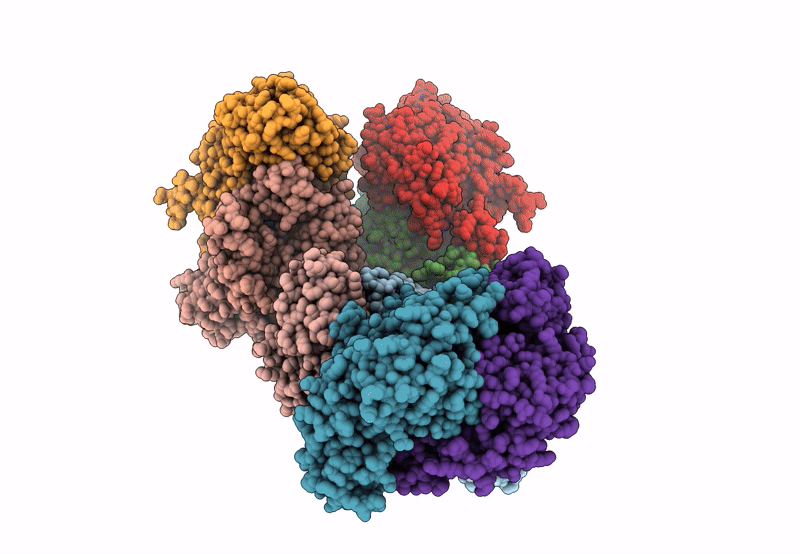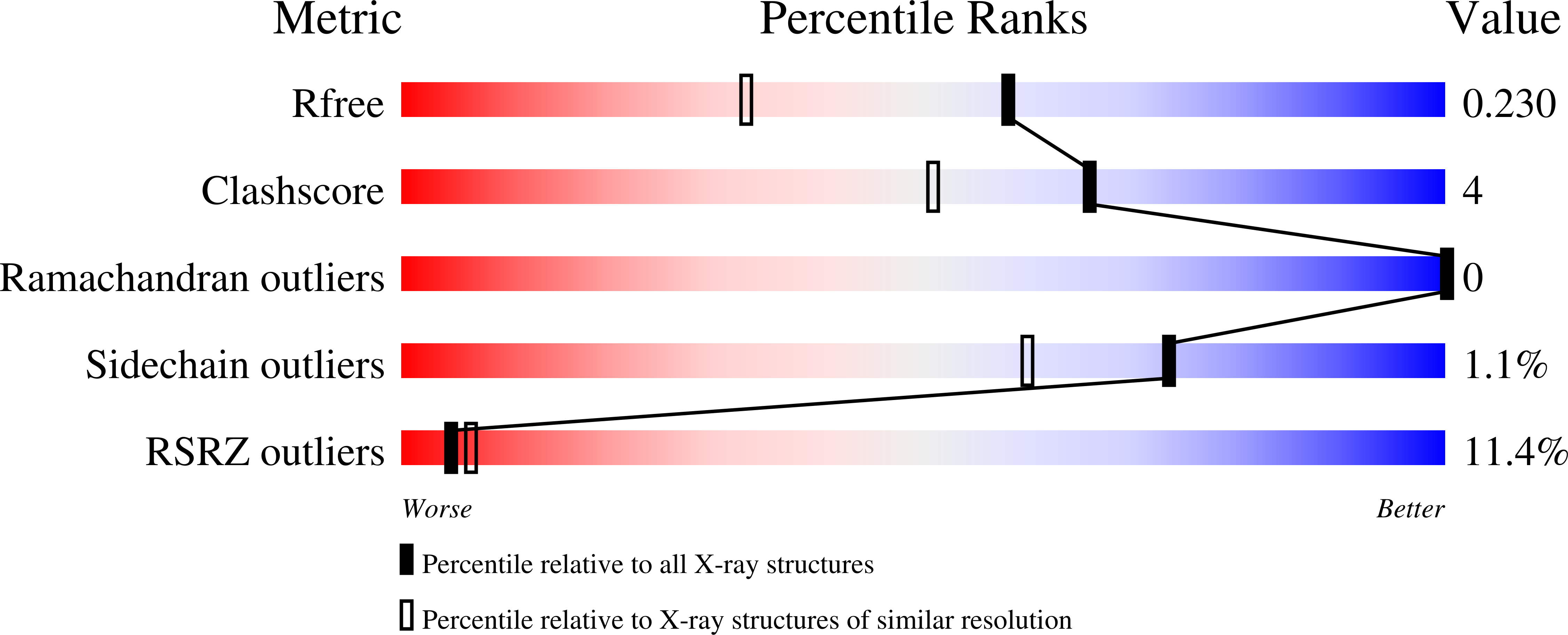
Deposition Date
2022-10-10
Release Date
2023-10-11
Last Version Date
2024-03-27
Method Details:
Experimental Method:
Resolution:
1.76 Å
R-Value Free:
0.22
R-Value Work:
0.19
R-Value Observed:
0.19
Space Group:
P 1 21 1


